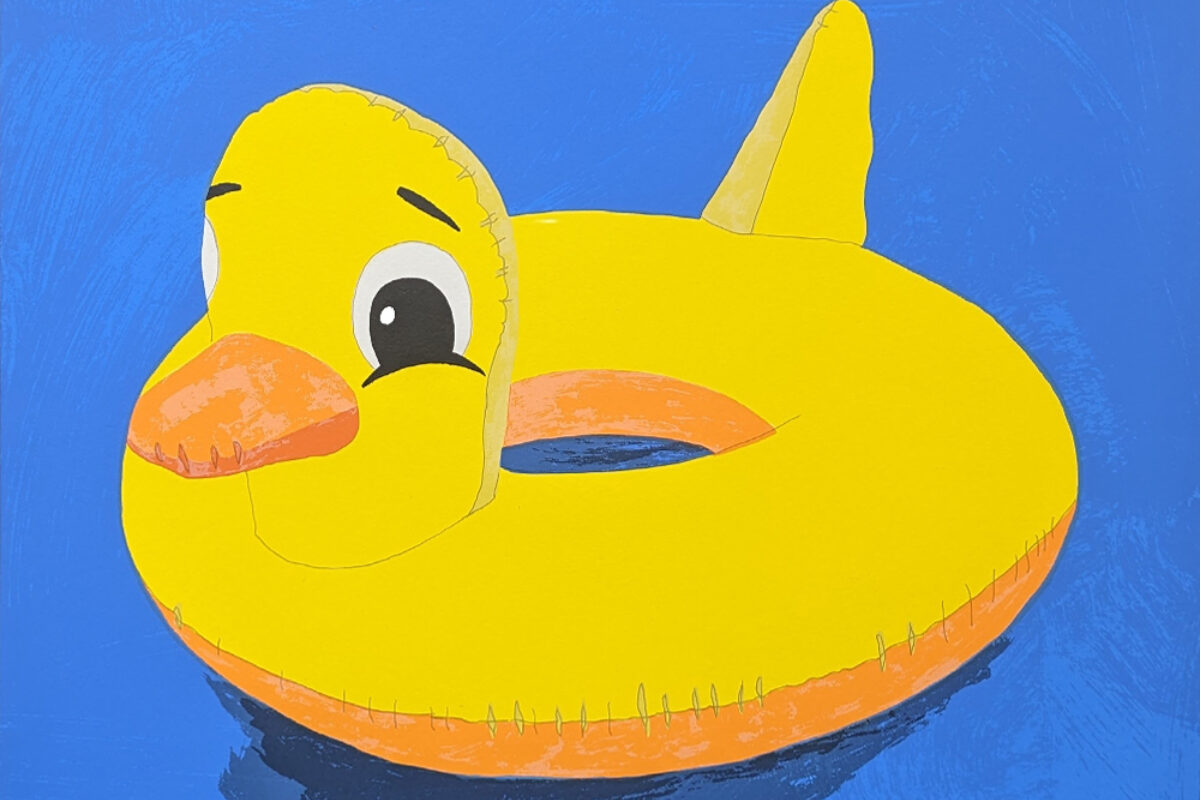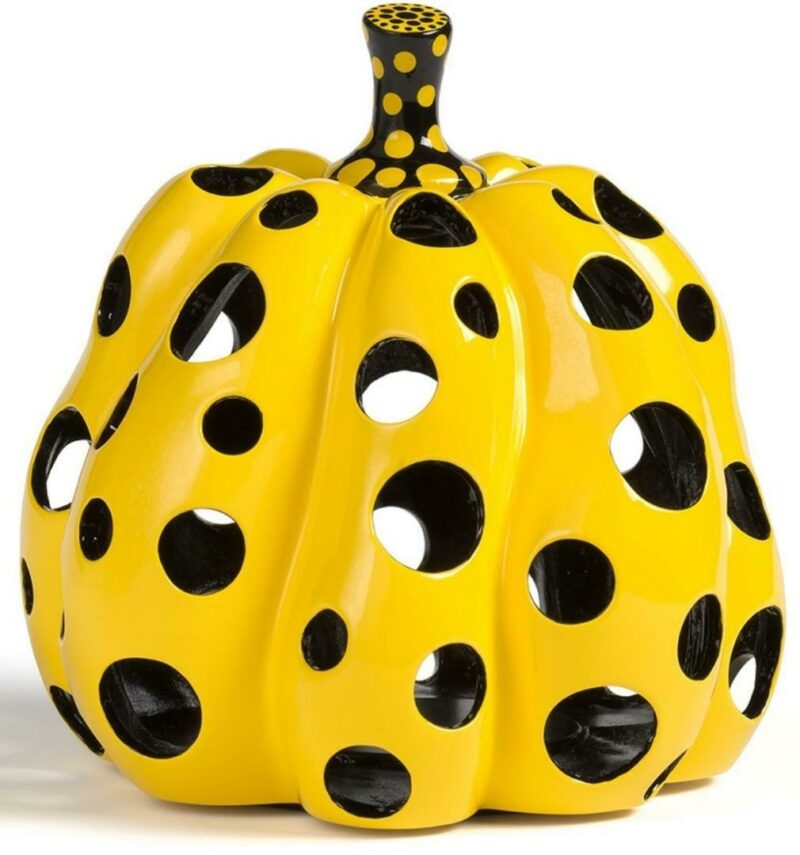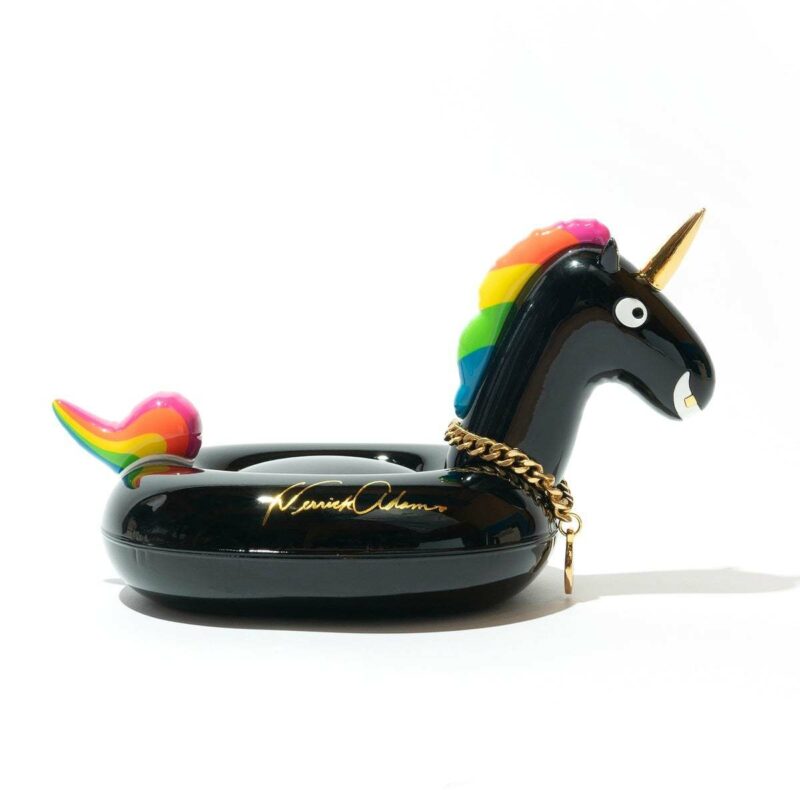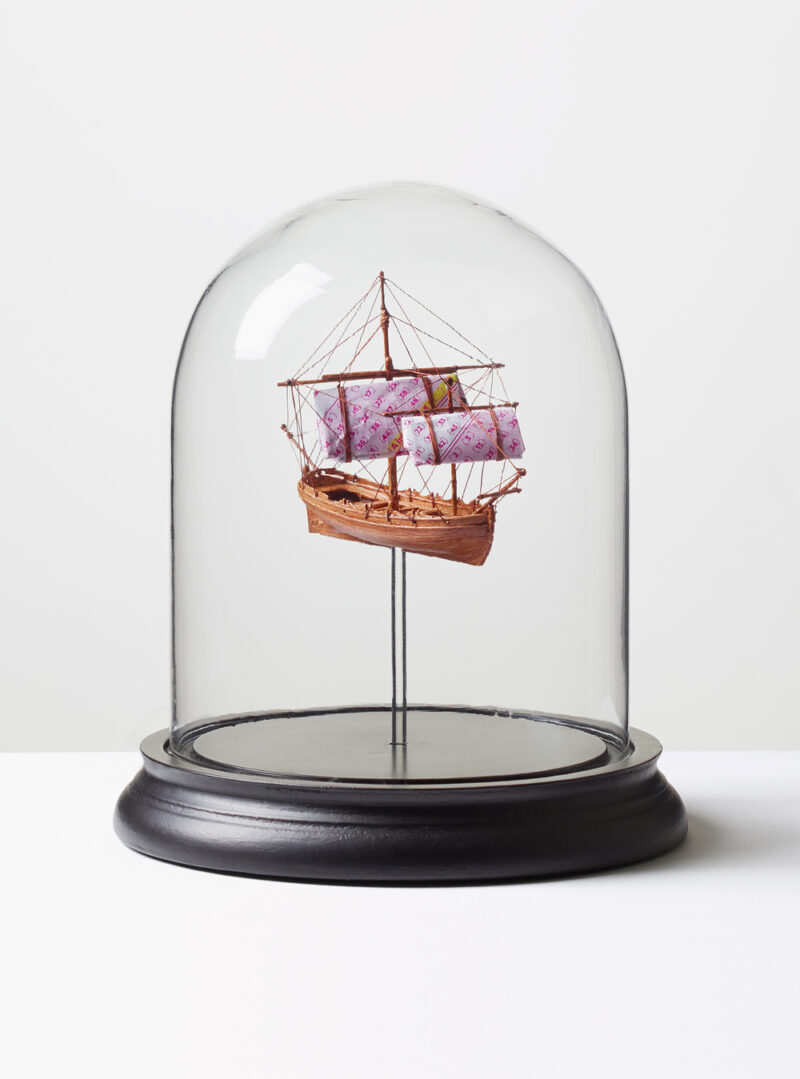Whether you’re looking to invest for the future or just fill your walls with beautiful pieces, starting an art collection should be an exciting prospect rather than a daunting one. Read on for our tips on where to start, what to buy, and how to look after your new purchases…

Marriage Flag by Grayson Perry, 2018.
Begin with the budget
If you plan to invest in art regularly, start by setting an annual budget. That way, you’ll have a clear understanding of the artists and pieces you can afford over each 12-month period. At Hang-Up, we support the Art Council’s Own Art scheme, which makes a significant purchase more manageable by allowing the buyer to split the cost across several interest-free payments.
You don’t have to spend a lot to start your collection, though. A modest budget can be exciting because it allows you to seek out work by artists that other collectors might not yet have discovered. If you have your heart set on a Basquiat, Banksy, or work by another established artist, consider prints and objects as well as originals – they could bring a big name within budget.

Hand-embellished editions by The Connor Brothers at Hang-Up's Launch Show, 2019.
To be among the first to find out about new work for sale and gain access to the best prices, it’s worth cultivating a relationship with a gallery. As Hang-Up’s gallery manager Laura Rivas-Lopez explains: “It’s always worth subscribing to gallery mailing lists so you have first access to new releases. Often, these also come accompanied by a release or subscriber discount too. At Hang-Up, we regularly offer these as a way of taking care of our subscribers and showing how much we value their support.”

New art, upcoming releases and special access delivered to your inbox every week.
Embrace social media
We highly recommend a good scroll! Though it can’t replace a visit to a gallery, social media is a great starting point for seeking out artists you like and honing your taste (especially in these corona-informed times). Many artists use Instagram to showcase their work and inspiration, while dedicated art fans compile scrapbooks of styles and mediums on Pinterest. If you’re new to collecting, using these resources can help you focus your own preferences and build a group of artists whose work you are interested in.
Make sure you follow galleries too – they often advertise new work, artists and exhibitions on Instagram first, and are increasingly producing content. “There’s no denying the importance of Instagram in the art world, perhaps never more so than during the pandemic,” says Hang-Up’s director Ben Cotton. “For us, it’s another way to continue to connect and interact with our following and bring daily insights into gallery life (albeit being closed doors). We showcase new artists, print releases, interviews, editorial content and so much more via our page. As a collector, you should make it a priority to follow your favourite galleries and artists to get the inside track info.” Sound good? You can follow us on Instagram.
"As a collector, you should make it a priority to follow your favourite galleries and artists to get the inside track info."
Ben Cotton, gallery founder and director
Think outside the canvas
If you’ve found an artist you like but are baulking at the price of an original, consider a print instead. Hang-Up’s Business Development Director, Charlotte Bain, is a huge fan of editions, pointing out that collecting them offers a novice buyer the flexibility that originals can’t.
“You have much more availability and areas you can explore with limited editions,” she says. “The price point will be much more favourable than an original.” She cautions against regarding prints as second best, explaining “You shouldn’t underestimate the hard work and technical ability that’s needed to create an edition – some printing techniques are incredibly advanced and can create an aesthetic that painting cannot.”

Detail of Tracey Emin's 'No Time For Love', edition of 75, 2020.
“You shouldn’t underestimate the hard work and technical ability that’s needed to create an edition – some printing techniques are incredibly advanced."
Charlotte Bain, Business Development Manager

KAWS' Along the Way (Set of three), 2019.
Despite often being significantly cheaper (at Hang-Up, we have works from £145), prints can offer a great return on investment. Banksy prices provide the ultimate example of how they can appreciate: buyers lucky enough to get their hands on one of 600 unsigned Girl With A Balloon prints back in 2004 paid £150 each – now, they’re valued at £150,000 and beyond.
As well as prints and editions, it’s also worth considering objects such as figurines. Often more widely produced than works on canvas or paper, these objects are easy to ship and store but can significantly increase in value. They’re also fun to accumulate, with a nostalgic whiff of the collections you might have compiled as a kid. KAWS’s iconic Companion Figures, which played a key role in catapulting him to superstardom, were sold for as little as $100 when first produced in the late 1990s – now they can raise well over ten times more.
Don’t just go for big names
Having a Hockney or Bridget Riley on the wall may be your ultimate dream, but collecting young, affordable artists offers a unique kind of pleasure. Supporting someone at the start of their career means you can follow their trajectory with glee (often on social media, as younger artists tend to be more engaged with this type of communication). The 2020s is an exciting time to collect new artists because many are striving to answer topical questions on race, sex and gender that desperately need addressing – and it’s likely that accomplished artists providing a new, positive narrative will be held up as pioneers in years to come. If you plan to invest in emerging artists, look at what kind of interest they’re generating. Gallery representation, design collaborations, press articles and solo shows (or well-respected group shows) all indicate that an artist is admired and motivated.
Look after your art work
If you’re collecting as an investment, you’ll need to do some simple house-keeping to ensure your pieces retain or increase their value. The most important advice we can offer is that you keep your documents (including proof of purchase, any certificates of authentication and all correspondence with the artist or gallery) safe. If you intend to sell your work later, you’ll need these – or you may be forced into the protracted and painful process of trying to get certificates and proof of purchases reissued retrospectively.
You’ll also need to ensure that your pieces remain in perfect condition, whether they’re hanging on your walls or held in storage. If it’s the former, get them well framed with glass that offers protection from heat and sunlight, and never trim pieces to fit a frame as this will instantly devalue them. Even if you have used protective glass, hang precious art away from direct sunshine and make sure your room is well-ventilated and free of damp. Damp can also be an issue if your items are in storage. Don’t place pieces in the loft or basement, where temperature and humidity can be unreliable. Instead, store them in a temperature-controlled unit, and keep each item off the floor and each other. And, if you’re collecting figurines or objets, always keep them in pristine original packaging to prevent them losing value.

A Connor Brothers published by Hang-Up in one of our clients' homes.
@triflecreative @floorstory
Don't take it too seriously...
There’s a lot to take in when you start an art collection but don’t let it overwhelm you. The most important advice we would give is, as always, to have fun and buy what you love. After all, if you like looking at an artwork, the chances are that lots of other people will do too.
For inspiration, you can see new artwork available on our site. For more information on the Own Art scheme or to join our mailing list, please contact us.
How To | Add Art To Interiors Schemes

Collecting Guides
1 Feb 2021
Whether you’re planning a quick revamp or a complete overhaul, here’s how art can complete the picture…
ReadMore from Collecting Guides
Art Market
The Summer Window: 5 Reasons Why Summer is the Best Time to Buy Art
22 Jul 2025

Artists
Top 10 Selling Warhol Sets
15 Jun 2025 | 2 min read

Collecting Guides
Art Decoded: Screenprinting
7 Jan 2025 | 3 min read

Collecting Guides
How To | Gift Art
5 Dec 2024

Collecting Guides
How To | Buy Art from A Gallery
16 Jun 2023

Art Market
Sell Art | Five Reasons Why Galleries Are the Ideal Choice for Selling Art
24 May 2023 | 4 min read

Artists
The Lowdown on Investment: Tracey Emin
4 May 2023 | 8 min read
Collecting Guides
How To | Use Own Art at Hang-Up Gallery
10 Mar 2023 | 1 min read
Collecting Guides
How To | Pack Your Art
8 Aug 2022



















